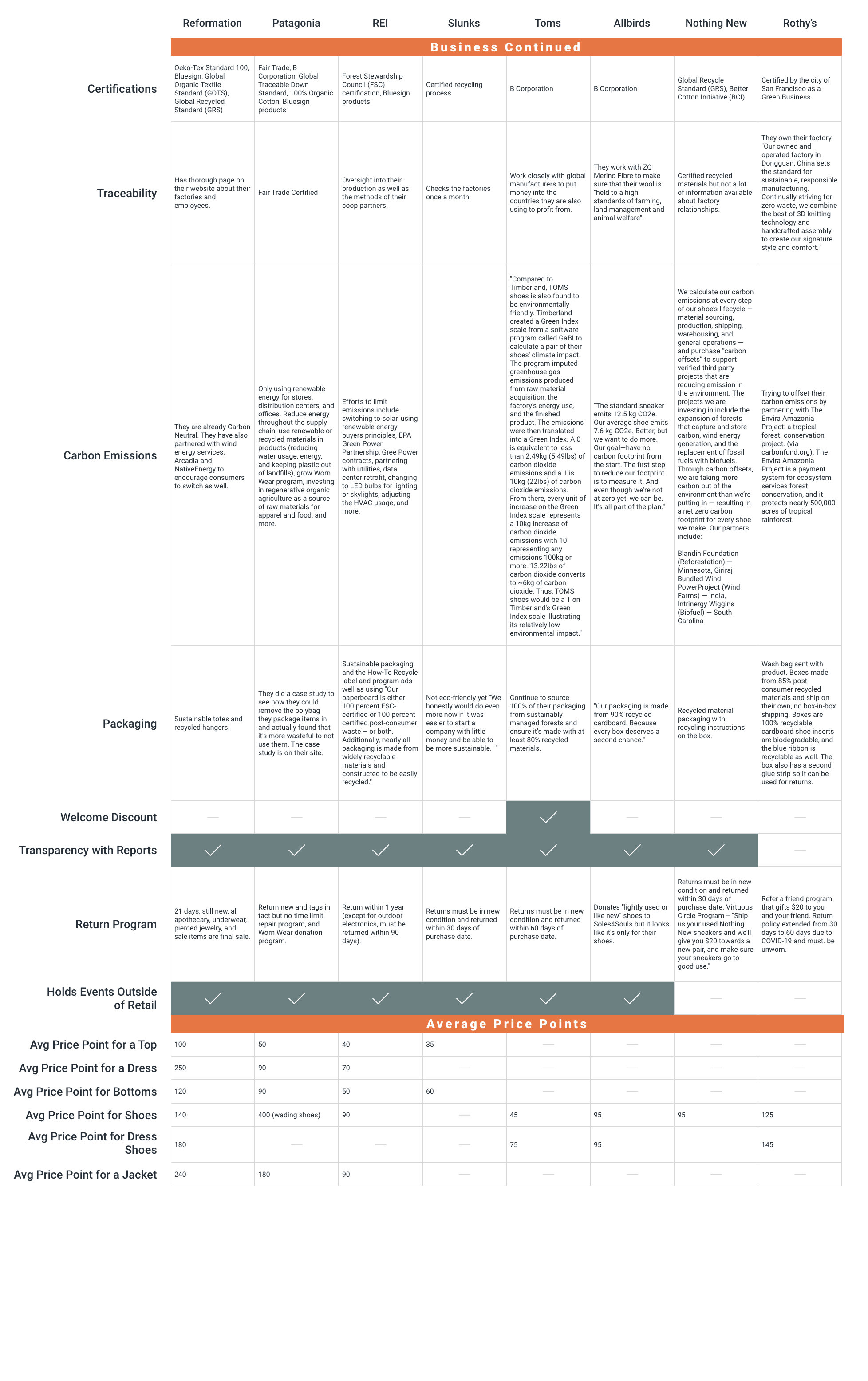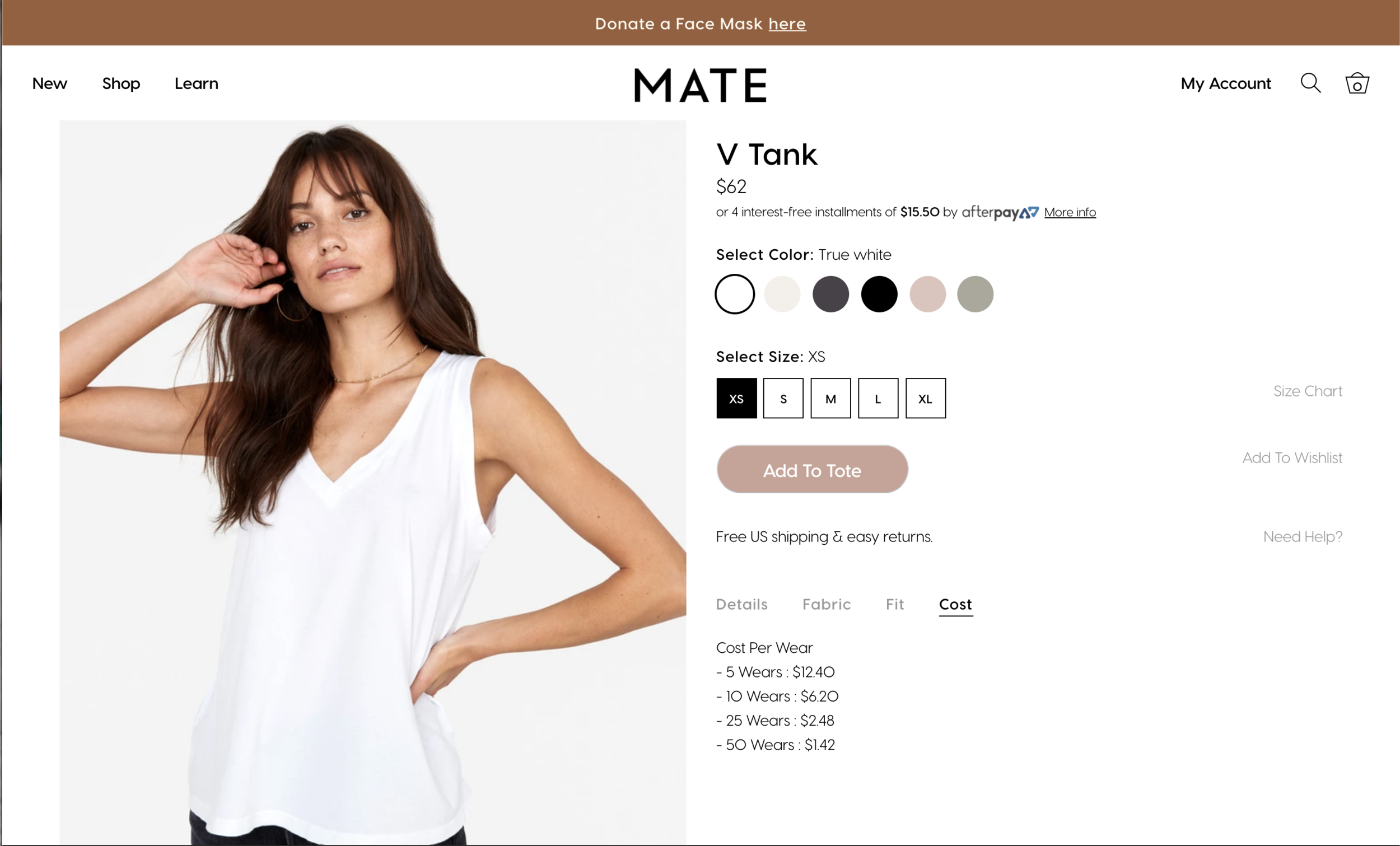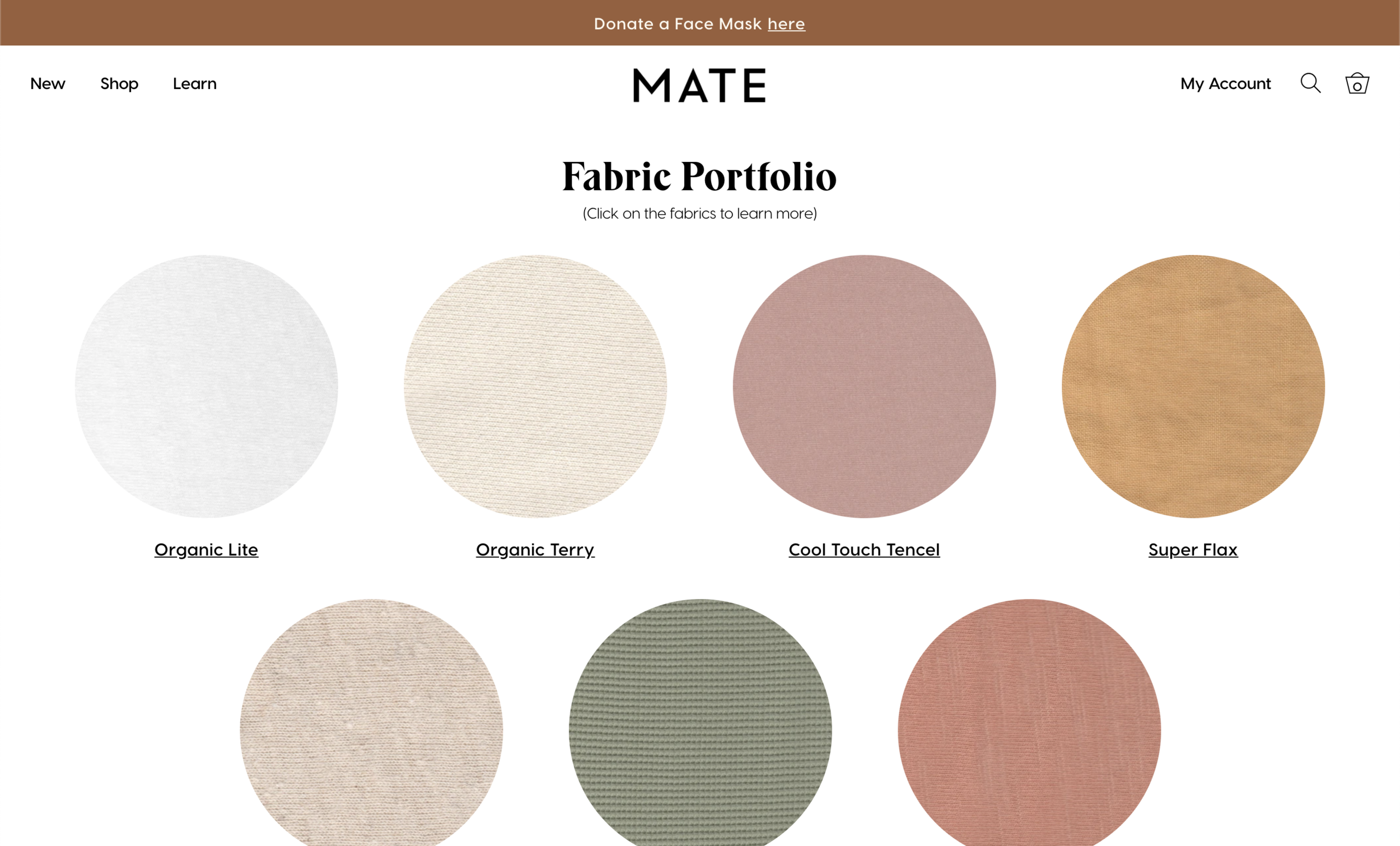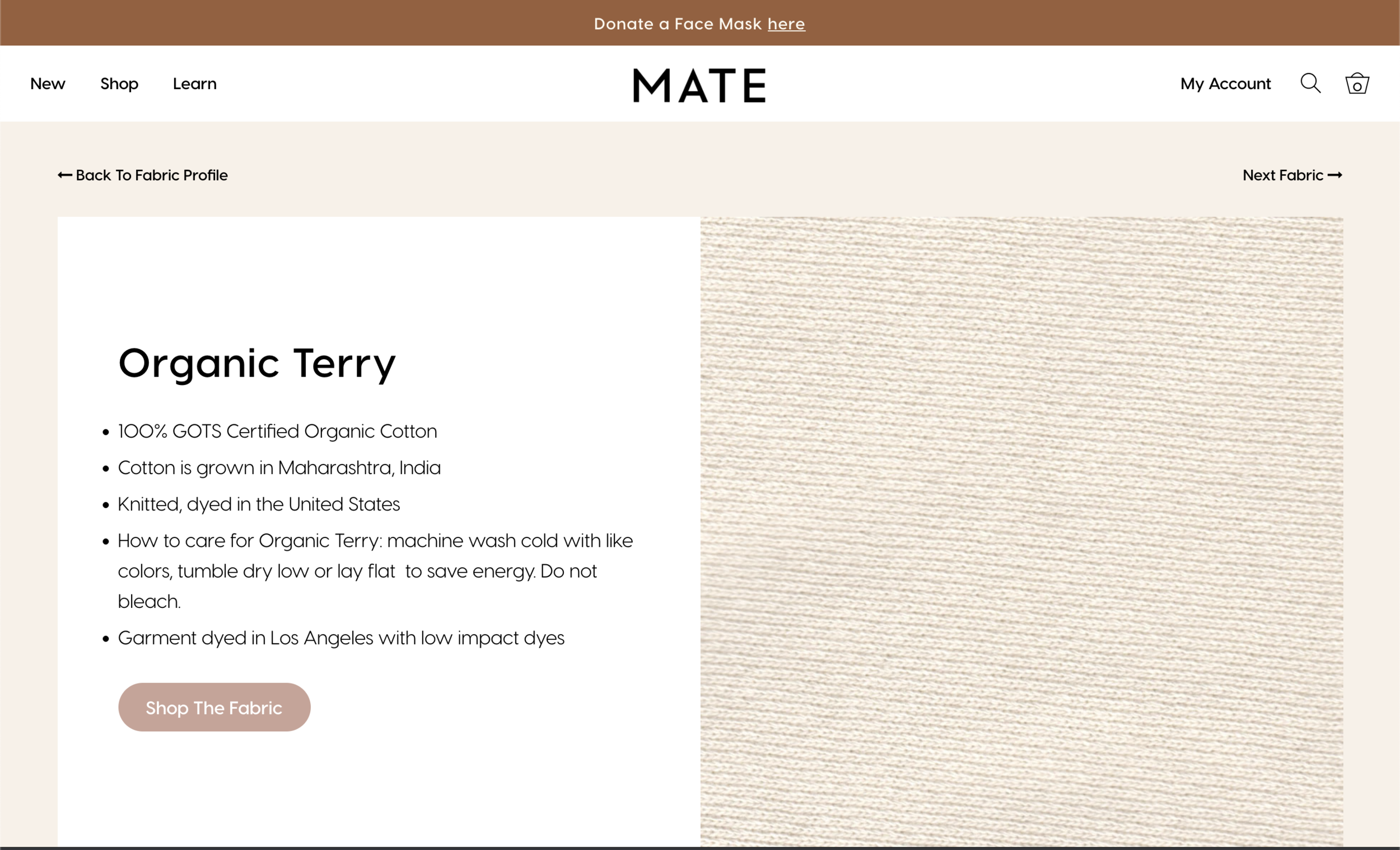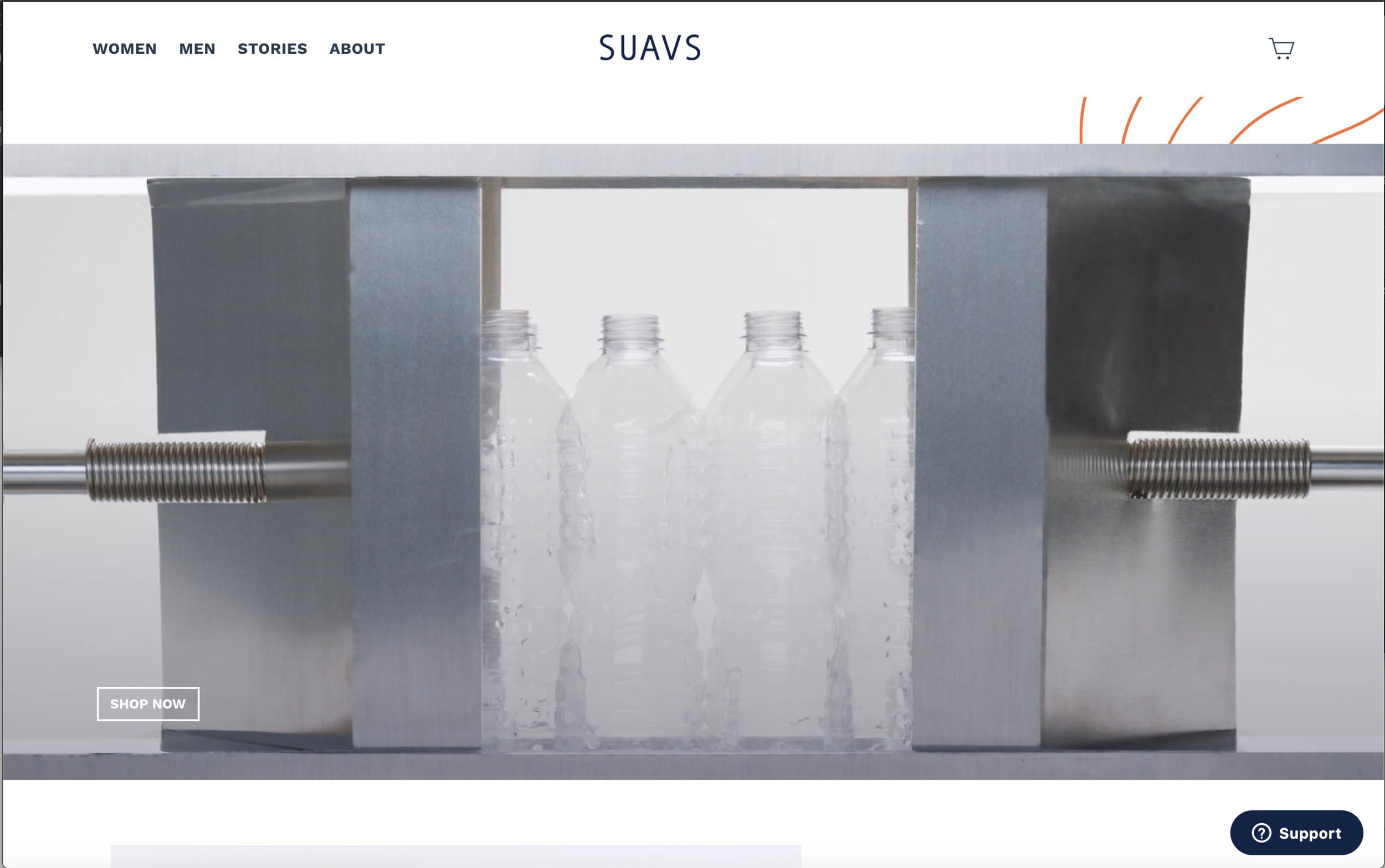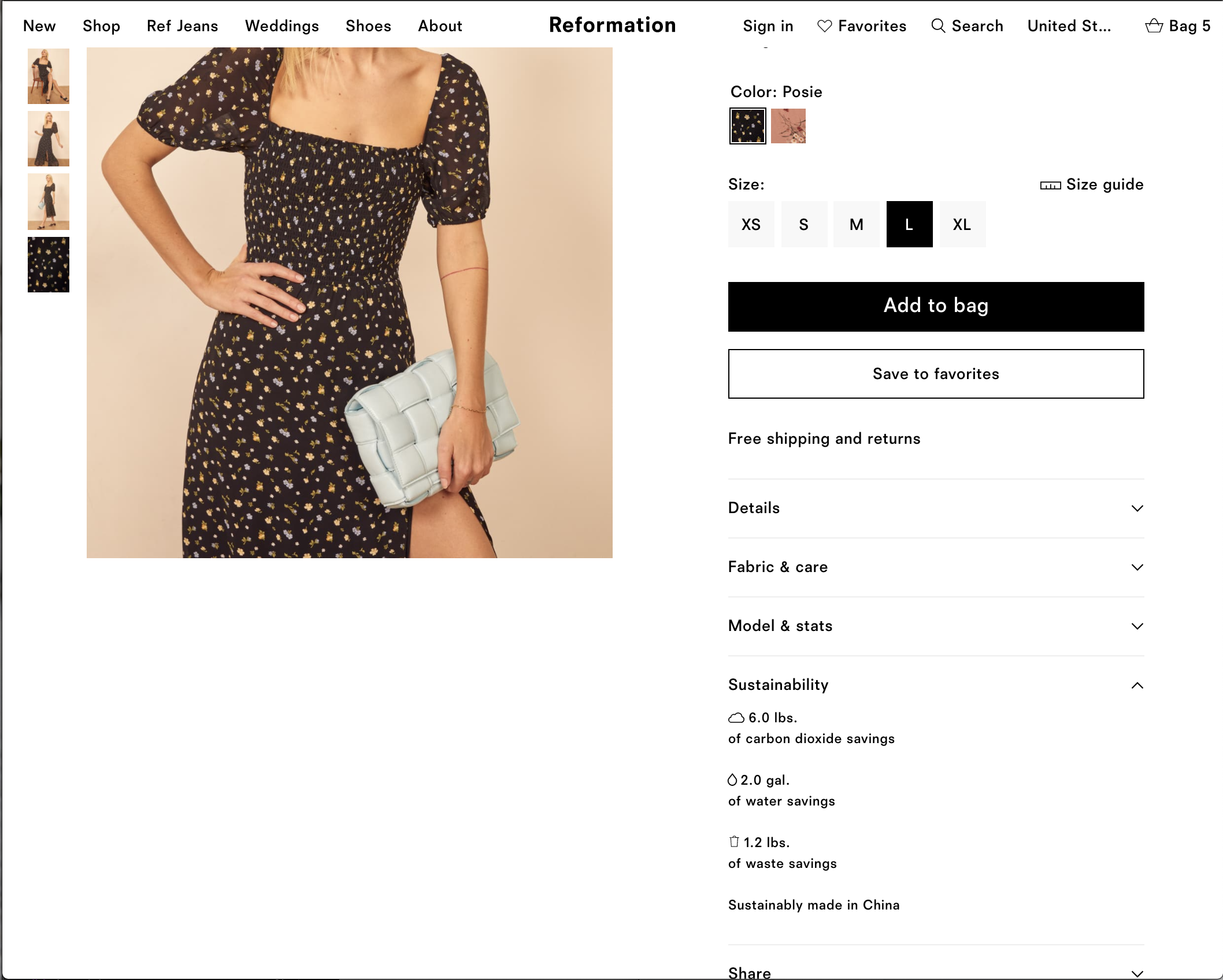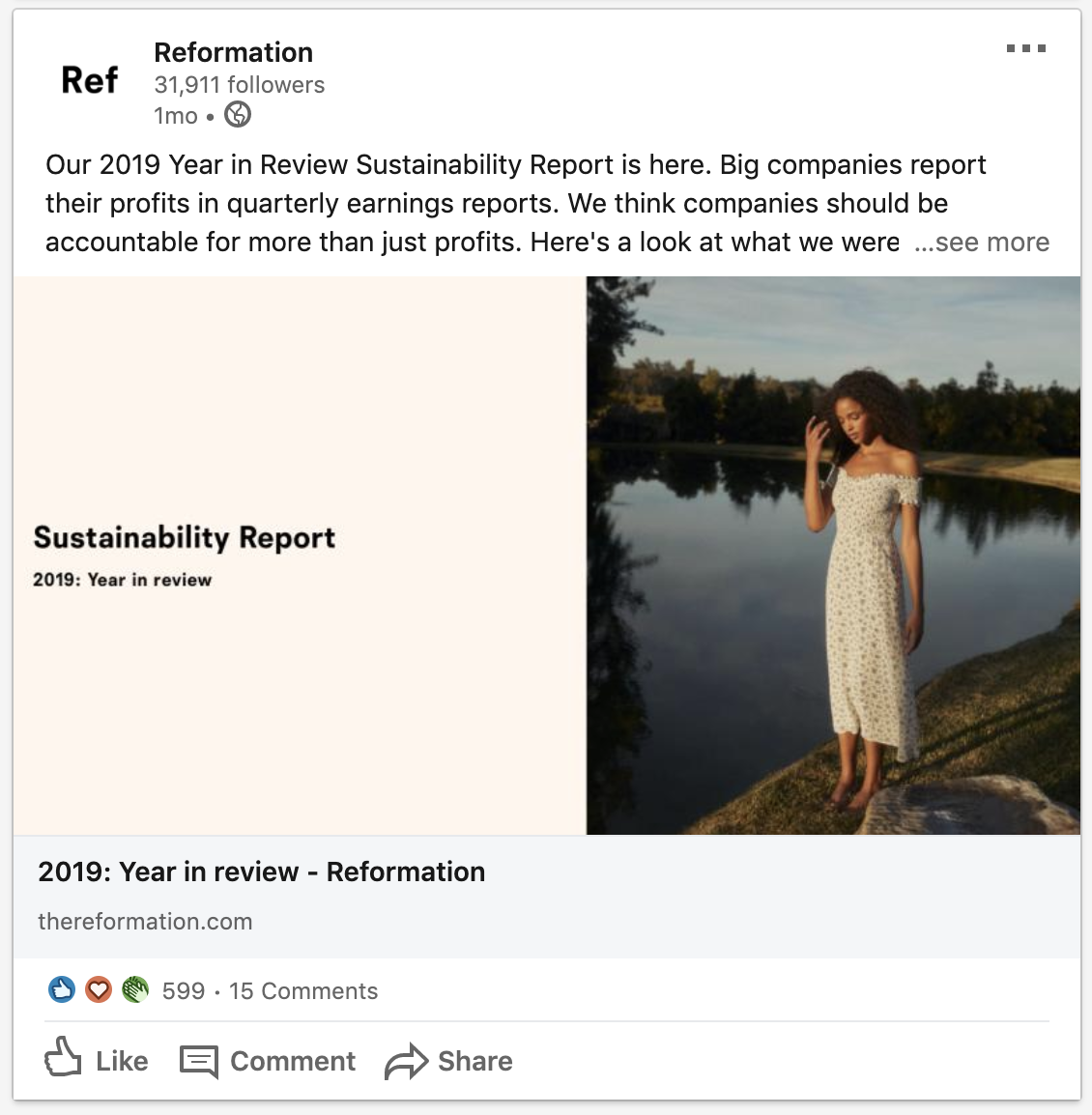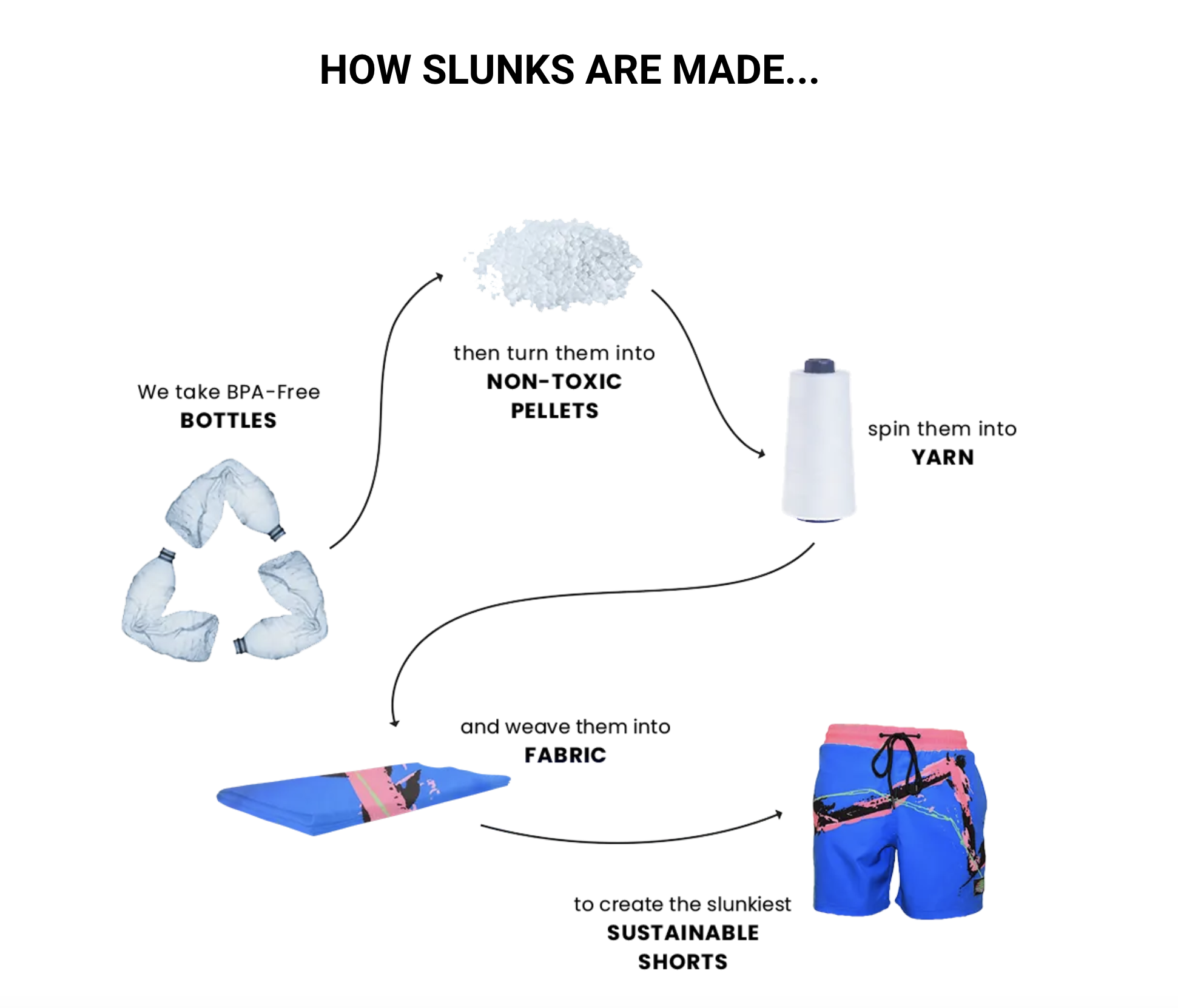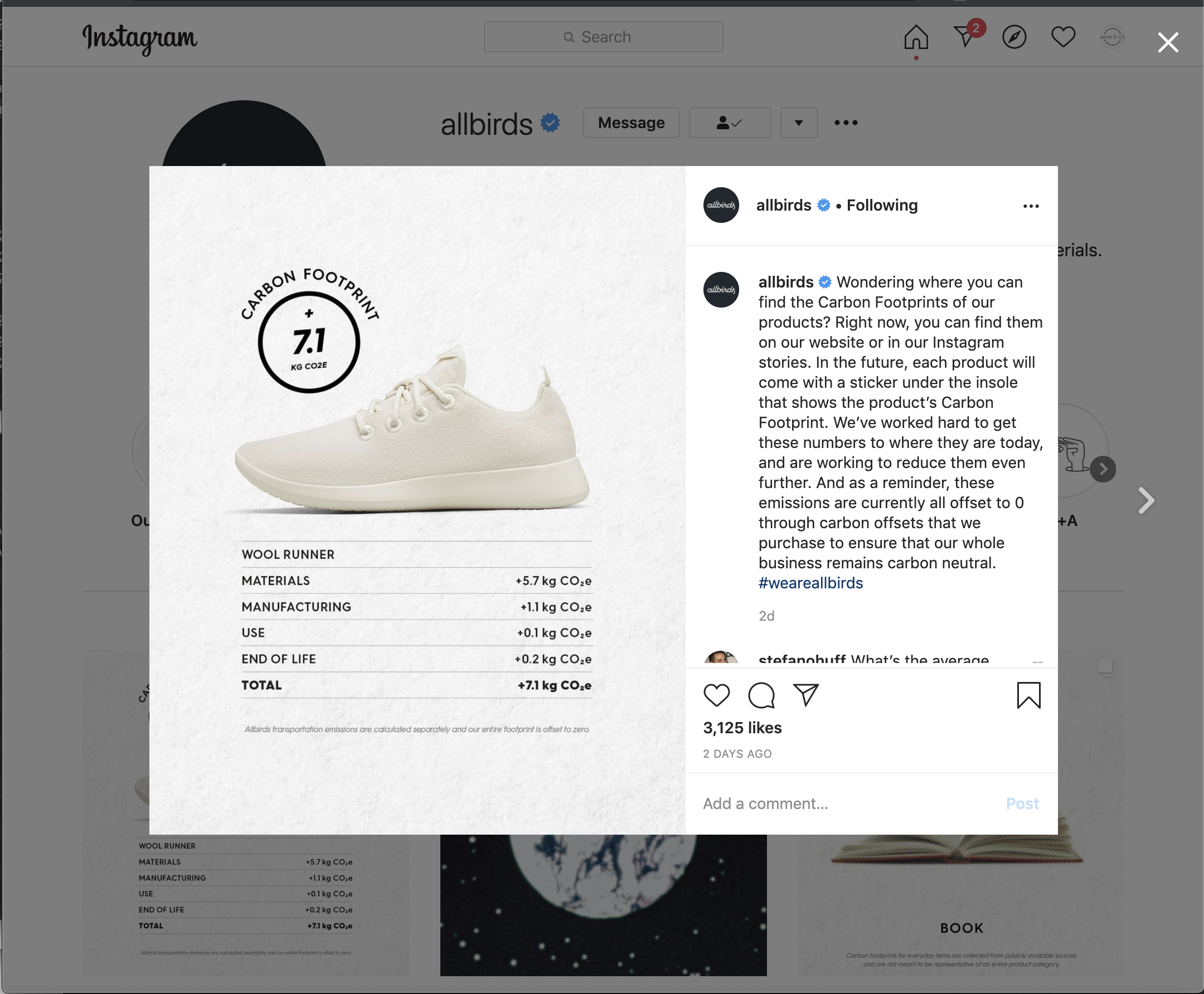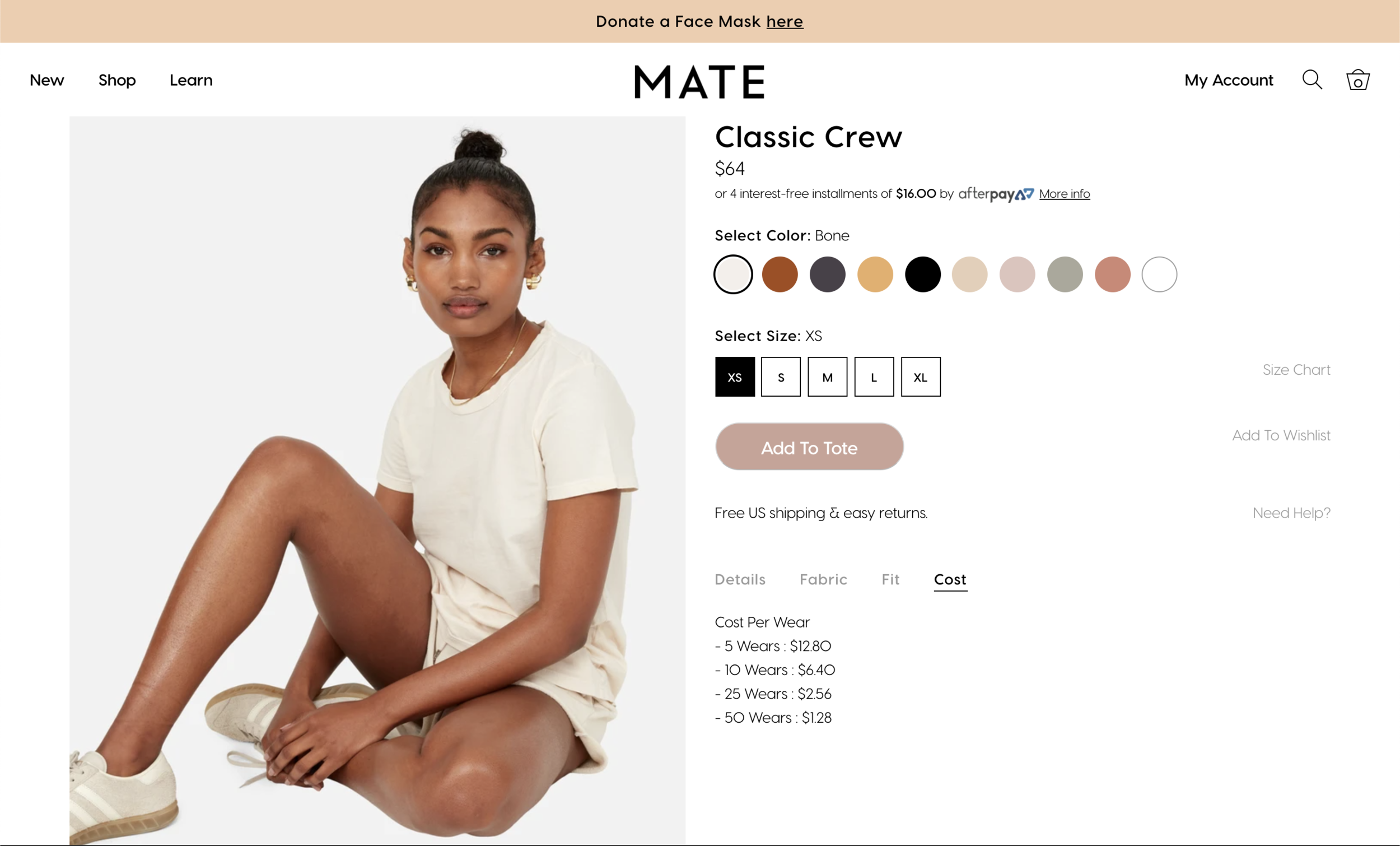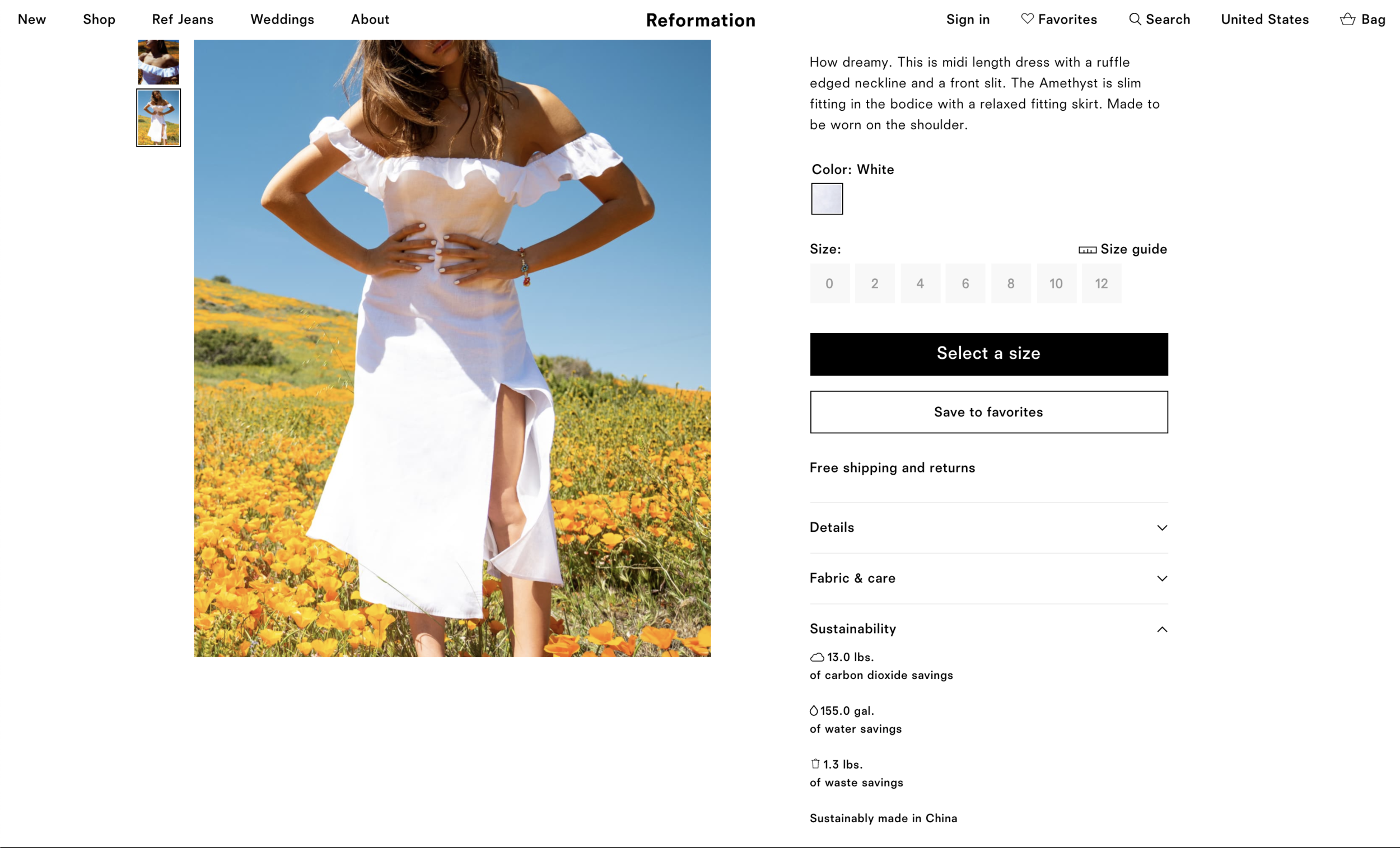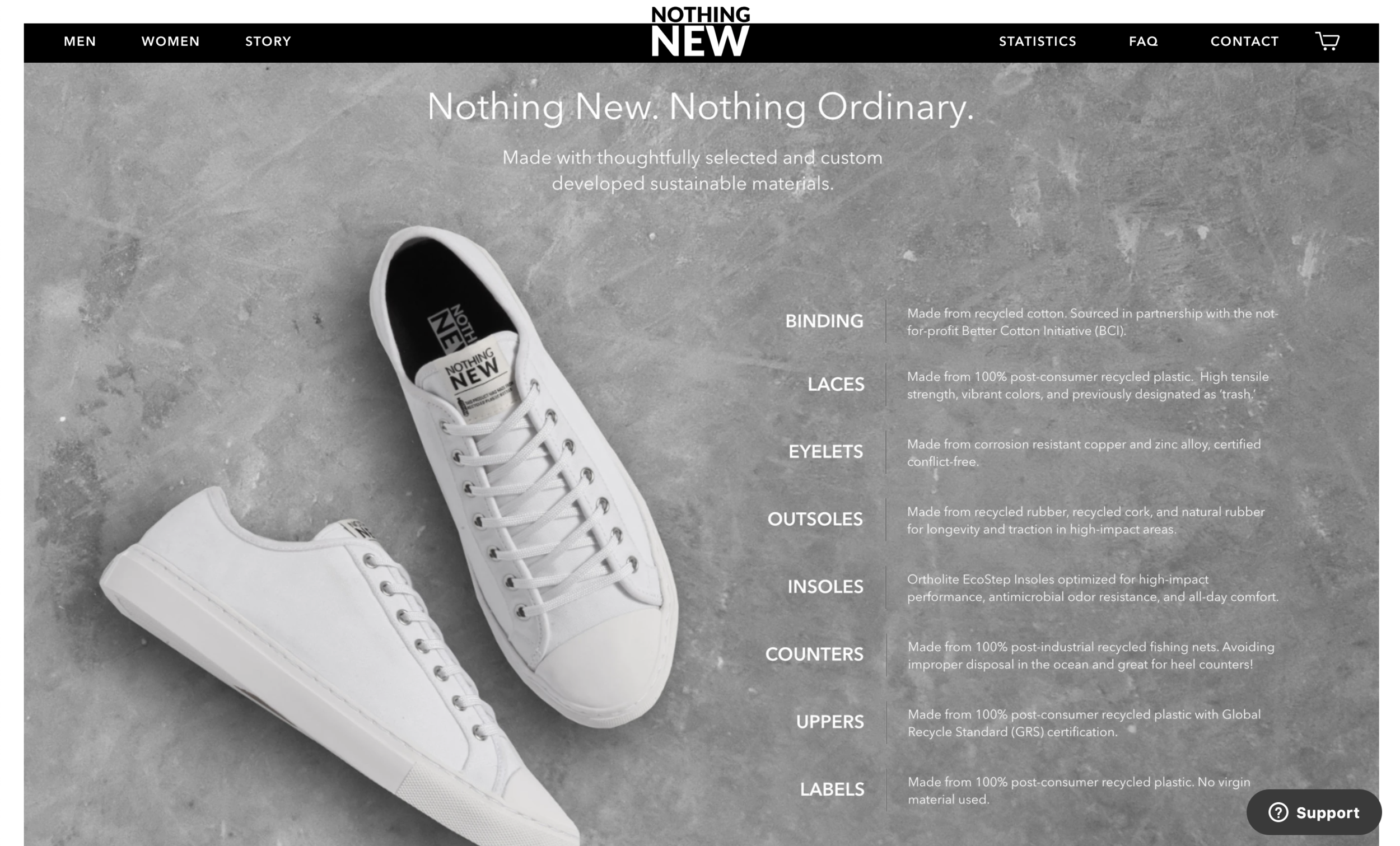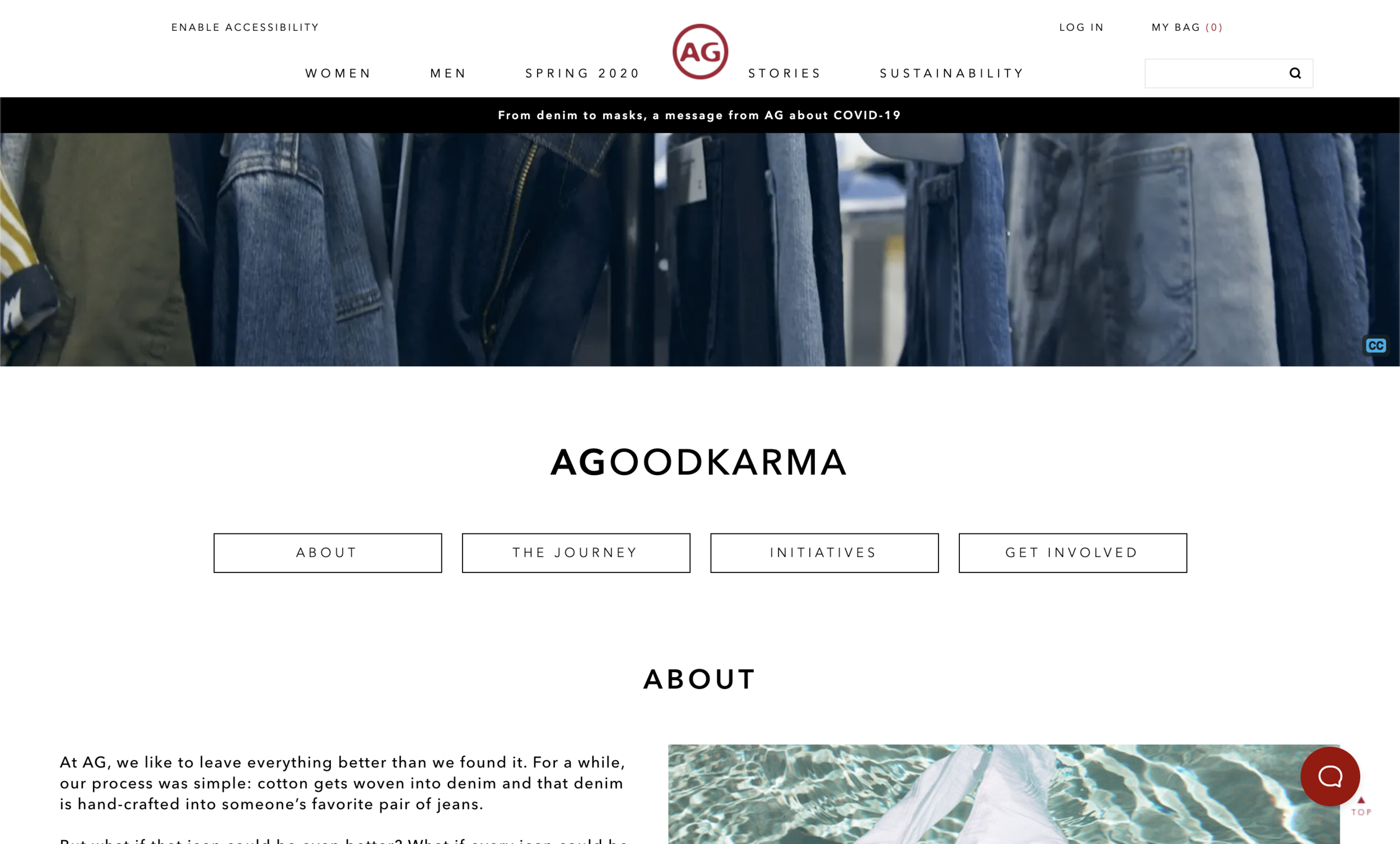
Wong Maye-E/Associated Press (Schlossberg, T.)
It’s A Problem
Right behind energy and transportation, the fashion industry is the 3rd most-polluting industry in the world (3). So whose fault is that? Well.. theirs, ours, and everyone’s. Let me start with stating the numbers:
THEIRS
11.2 million tons of waste – According to the Environmental Protection Agency (EPA), in 2017 (last reported numbers) landfills received 11.2 million tons of municipal solid waste (MSW) textiles. That accounts for 8% of all MSW landfill (9).
Make $3.6 billion, burn $36.8 million – In July of 2018, Burberry was caught burning $36.8 million worth of their own merchandise and admitted in their annual report that “demolishing goods was just part of its strategy to preserve its reputation of exclusivity” (5). It later came to light that a range of brands have been discovered to do this including, but unfortunately not limited to; H&M (burning 60 tons in 5 years), Louis Vuitton, Nike, Richemont (Cartier), Urban Outfitters, Walmart, Eddie Bauer, Michael Kors, Victoria’s Secret, and J.C. Penny (5).
1 garbage truck per second – So combining burned textiles and landfilled textiles, that comes out to the equivalent of one garbage truck being landfilled or burned per second (10).
60% of fabric fibers are now synthetic – In the New York Times article titled How Fast Fashion is Destroying the Planet (2019), it was reported that more “than 60 percent of fabric fibers are now synthetics, derived from fossil fuels, so if and when our clothing ends up in a landfill (about 85 percent of textile waste in the United States goes to landfills or is incinerated), it will not decay” (7).
So roughly 9.52 million tons of textile waste added to landfills yearly won’t decay.
2,000 gallons of water – It takes 2,000 gallons of water to make one pair of jeans (10).
20% of global wastewater – The fashion industry produces 20% of global wastewater (water contaminated by human use) (10).
8% of global CO2 emissions – Clothing and footwear production is responsible for 8% of global greenhouse gas emissions (10).
30 pounds – On average, 30 pounds of carbon emissions are produced by making one pair of shoes (8).
Up 200% – Clothing production doubled between 2000 and 2014 (10).
Ours
80 pounds of clothes – The average American disposes of 80 lbs of clothing a year (4).
60% more and half the shelf life – The average person is buying 60% more clothing than they did only 15 years ago and, according to the McKinsey 2019 State of Fashion report, they are only keeping those items for half as long (10).
300 million – The number of shoes thrown out each year (8).
138% – The increase in global plastic production from 2004 to 2014 (8).
170 million tons – 170 million tons of plastic already fill the world’s ocean. According to Nothing New’s research, if we keep on this trajectory plastic in the ocean will outweigh fish by 2050 (8).
The Fast Fashion issue is not only ecological but ethical as well. One of the most tragic events to display the utter importance of ethical production and traceability happened on April 24th, 2013, in Bangladesh. 1,100 garment workers died and over 2,500 were injured when the eight-story Rana Plaza factory complex collapsed on top of them. It was later discovered that the “top four floors were constructed without building permits” (2) and workers in the factories had repeatedly reported cracks in the walls and the dangers of the environment to management (6). If you want to cry, a movie was made about it called The True Cost (6).
In the spirit of trying to change any of the above statistics I teamed up with SUAVS, a new age footwear brand, to complete a study where we explored the sustainable efforts SUAVS employs along with other industry techniques that could propel them towards a completely circular production cycle.
SPOILER ALERT: they were already doing a lot.
Digital Knitting with a Side of Blue Algae Soles Please
My mission with this project – to help those trying and help those buying.
Who Is SUAVS?
Meet SUAVS – a local Austin, TX shoe brand who leverages digital knitting to produce a more sustainable shoe. CEO Monxi Garza has one main rule, that every customer can do at least 3 activities in their SUAVS shoes. Constantly aligned with three adjectives; simple, smart, and spontaneous, the SUAVS shoe brand has done a lot in the name of sustainable fashion.
“I initially launched SUAVS with the goal of creating a comfortable and versatile shoe. Once we were already making these super comfy shoes, I started thinking about how I was incorporating sustainable practices in my life. I was growing increasingly worried about the waste I was producing personally. So I thought, what can I do and what can I help others do to decrease waste? First thing we did was implement a give back program by donating all extra unsellable footwear to Soles4Souls. Then we worked on our packaging to ensure it was reducing waste there. A few years ago we began developing 100% recycled knits made from post-consumer plastics and I’m super happy that we’ve been finally able to launch the sustainable line this year!”
-Monxi Garza, CEO of SUAVS
For my graduate school capstone project, I teamed up with SUAVS and set out to complete an extensive UX research study that evaluated both SUAVS digital knitting production process and sustainable fashion practices in the industry as a whole. Ranging from simply not putting one box in another box for shipping (to cut done on paper materials used), all the way to sourcing materials like blue algae to lessen petroleum based components in an insole, it turns out that SUAVS was already implementing more sustainable methods than I originally expected. I conducted 3 rounds of stakeholder interviews to get a better look at the production process as a whole. Here is what I found:
SUAVS SUSTAINABLE PRACTICES
SUAVS uses 100% Global Recycling Standard (GRS) certified recycled thread made from plastic bottles in their knitted uppers.
They digitally knit their uppers resulting in no scraps, no cuts, and fewer combining stitches. They found this option because Monxi wanted to make a more comfortable upper (top part of a shoe) without buying more fabric. With digital knitting, you have more flexibility when it comes to potential thread material and you can create proprietary knits – What’s not to love?
As mentioned above, they are researching a blue algae (a resource that can grow in our freshwater systems (1)) based foam to use in their midsoles instead of petroleum based materials. Extracting this resource can help preserve the use and oxygen levels in our freshwater systems.
SUAVS also is on a mission to not throw away shoes. Any returns or damaged product (that is still wearable) get’s donated to Soles4Souls.
Monxi has contacts in China who help her source material resulting in less air travel.
There is also the aforementioned no “box-in-box” approach to packaging. SUAVS does not include a packing slip, they limit internal packaging to 1 piece of tissue paper, return instructions are printed on the box, the box has a second glue strip for returns, and SUAVS shoes are light which helps with shipping resources.
Lastly (for now), SUAVS produces androgynous styles. This enables cross-pollination of product and reduces the risk of over-stocking if a certain silhouette is in less demand for say males than females. For example, a men’s size 10 is a women’s size 12. This makes the inventory more agile and allows for real-time adjustments when trends are found in the consumer behavior data.
“The idea is versatility and for now, we don’t need gender specific SKUs for that.“
-Monxi Garza, CEO of SUAVS
SUAVS Production Process
I told you, I suddenly felt unneeded. But hey, there’s always room for improvement right? So first things first, let’s see what the direct and indirect competitors are doing.
Competitive Evaluation
Survey Results
I made and distributed a 40 question survey to gain insights on consumer behaviors, their knowledge of the Fast Fashion issue, what price ranges they generally stay in, and their overall perception of sustainable clothing.
The three major takeaways were:
Price, both actual and perceived, is a major barrier-to-entry.
The general public knows little about sustainable clothing. After the survey I was inundated with “did I get it right?” texts for the question where I asked them to define Slow Fashion.
What messaging they do encounter, they don’t always trust.
I have extracted some of the findings below. Please contact me if you’d like to see the full report.
80% of respondents purchased clothing in the last 3 months
45% reported purchasing clothing within the last month. On a later question, 45% also said they got rid of clothes in the last month. Barring the soul reasoning being spring cleaning, this puts this sample at a monthly turnover.
54% said they donated the clothes the parted with but later only 50% said they had a positive sentiment about resale shops and the reoccurring phrase in the organic feedback was “hit or miss”.
“They're either a hit or miss. Depending on the caliber of shop. Either highly overpriced for used goods or they are a decent deal.”
- Survey Respondent
Of the top 5 retailers the respondents shop with, 3 are fast fashion
Target, Nike, and Gap Inc. have all been directly cited in articles and research about Fast Fashion as major offenders. The other two of the top five, TJ Maxx and Nordstrom, are both retailers whom house a revolving door of brands. Both have held Fast Fashion brands, an example would be Top Shop in Nordstrom, but they also have supplied/do supply sustainable brands.
In this portion of the survey I listed 47 brands as well as an open text field. Of the 578 responses, exactly 60 were for sustainable brands (9.6%).
80% of respondents spend less than $49 on a top
Even with 27% of respondents reporting salaries over $100K, 80% spend $49 or less on a top and 95% spend less than $100. This isn’t necessarily a direct correlation to Fast Fashion for a t-shirt price point. However, if you take “top” to mean a blouse, this is lower than the average sustainable price-point. This is something I would like to further investigate in future studies.
The numbers were even more contrasting when concerning pants.
Tops
When asked how much on average they spend on tops:
93 of the 117 people spend less than $49
18 people spend $50–$99
4 people spend $100–$149
2 people spend $150–$199
When asked how many tops do they own:
2% said less than 9
20% said 10–19
18% said 20–29
23% said 30–39
12% said 40–49
25% said 50+
Bottoms
When asked how much on average they spend on bottoms:
59 of the 117 people spend less than $49
35 people spend $50–$99
20 people spend $100–$149
1 person spends $150–$199
2 people spend $250–$299
When asked how many bottoms do they own:
17% said less than 9
39% said 10–19
25% said 20–29
12% said 30–39
3% said 40–49
4% said 50+
SHoes
When asked how much on average they spend on shoes:
15 of the 117 people spend less than $49
50 people spend $50–$99
45 people spend $100–$149
4 people spend $150–$199
2 people spend $200–$249
1 person spends $250–$299
When asked how many shoes do they own:
26% said less than 9
36% said 10–19
15% said 20–29
10% said 30–39
3% said 40–49
10% said 50+
When asked if they found 2 identical shoes, one being from a sustainable brand and the other not, 66% of respondents said they would decide which to buy depending on the price. 21% said they would buy the sustainable brand and 13% said their decision would depend on something else.
For the respondents who said they’d buy the ethical brand, we asked them if they still would if it cost more and 89% still said yes.
When asked about the most they would pay for a sustainable item, answered varied and the consensus was that it would most likely be proportional to the normal price of the item.
“What is the highest amount more you would pay for a sustainably made item” respondents answered:
9% said $0-$9
29% said $10-$19
20% said $20-$29
9% said $30-$39
3% said $40-$49
14% said $50+
5% said they wouldn’t pay more
11% said it would depend (8 of these 10 people said it would be percentage based so it’s hard to assign a dollar amount)
72% of respondents said they participate in trends. When asked how long they thought trends lasted, 80% responded a year or less.
This is another item I want to follow up on with future research. I want to know how people would answer when asked what they do with the trend clothing after the trend is over.
58% of respondents answered incorrectly when asked how much waste the fashion industry produced each year.
42% answered correctly with 1-999 million tons
31% thought it was in the billion tons
13% thought it was in the thousands of tons
8% thought it was between 1-999 tons
2% thought it was between 500-1,999 pounds
5% said they didn’t know
When asked how they would go about finding out if a brand was sustainable or ethical, 37% of respondents said Google and 21% said the brand’s promotions.
When asked to list sustainable brands they shop with, numerous brands came up that weren’t sustainable and were owned by a Fast Fashion parent company. Madewell was the most consistent example of this.
Lastly, I wanted to include a few telling quote extractions.
When asked how they felt about resale shops, we received the following responses:
“The idea is good, but I have trouble finding clothes that fit me. I have trouble going to a physical store and having the selection I need. Online platforms or social media resale groups that post measurements of the clothing being resold are usually my best bet.”
- Survey Respondent
“I generally think I probably wouldn’t find anything in good condition.”
- Survey Respondent
“I don't appreciate the incredibly small amounts that they pay for materials, but I do appreciate the function they serve of recycling materials back to the community.”
- Survey Respondent
When asked how they felt about eco-friendly brands, we received the following responses:
“I think they're very important, but it's difficult to know how truthful they are.”
- Survey Respondent
“I generally like them, but often get caught up in whether they’re actually eco-friendly or if it’s more of a PR stunt (usually a combination of both).”
- Survey Respondent
“I think they are a great idea. Often ones I've seen are beyond my price point, but I don't know all of the brands that are necessarily considered ethical or eco-friendly.”
- Survey Respondent
“I love the mission behind eco friendly and ethical clothing brands. However, being a new category, the price tag is generally higher than what I'm comfortable spending and so I can only afford to buy limited amounts”
- Survey Respondent
There was general distrust, worry about the price, but enthusiasm for the cause and a desire to shop this way. I see this as a huge opportunity area.
Please contact me if you’d like to see the full report.



What SUAVS Can Do
Business Wise
Put faces to your factories. Humanizing the companies you work with abroad reaffirms that your partners employ ethical labor.
Partner up with organizations like the 1% for the Planet. It can bring traffic to your site and it’s bettering the environment.
Look into how to get certified as a B Corporation. Most likely this will take a couple of years but you will know what to do to work towards it.
Create the shoe return program.
Donate unwearable shoes to a textile recycling factory.
Possibly partner with a textile recycling factory that can breakdown shoes. Then incentivize consumers to send their old shoes there for a discount on your site.
I would test out skipping the tissue paper in your packaging (unless it is vital/serves a purpose). It will elevate both the presentation and the sustainable message.
Find a way to track and offset any carbon emissions caused by distribution.
On the Website
Highlight sustainability in your top navigation.
When you get a new style that uses a new material like blue algae, make sure you add blue algae to your filter list to make it easier for shoppers.
Include easy to consume statistics about what you’re using and what you are saving. Boyish Jeans does a great job of this on their homepage (image above). https://www.boyish.com/
Highlight community events that SUAVS participates in.
Optimize your site more for mobile by creating a consistent typographical hierarchy and spacing system.
Feature consumers using a specific SUAVS hashtag, like #DoAnything, on your site.
Participate in give-aways with other sustainable brands to get the word out to people already looking for sustainable solutions.
Add icons to your “Cleaning your SUAVS” page.
Add “Cleaning your SUAVS” steps and icons to the email you send between the confirmation and shipping emails.
Move “About” in the top navigation to the right (aligned with the shopping cart).
Change it from “About” to “Sustainability” and bring that to the forefront on that page.
State the problem, state your goals or missions, and state what you’re already doing (with icons and infographics).
Highlight the materials and process here.
Move the versatility messages (first four sections) from the “About” page to the stories page.
Condense them into two sections (do anything in them and travel light) and have them lead into the blog posts as a natural extension of those messages.
For the sustainability message, this may take a bit of homework.
See if your factories already have materials on sustainability or ethics. I’m confident that at least the digital knitting factory will. SUAVS-ify those messages and include them in a partners section on the sustainability page.
See what information you can get from your logistics partners about the emissions used or saved shipping your product. The shoes being light and in small single boxes must help in comparison to the average pair of shoes.
Highlight that your company is fully remote, cutting down on all of the resources it takes to run an office.
On Product Details Pages
Break out the cost per wear for each style. (Mate the Label image in carousel above)
If you can, show the resources either used or saved per pair on the product details page. Reformation does a great job of this on their product details pages (images in carousel above). https://www.thereformation.com/products/amethyst-dress?color=White&via=Z2lkOi8vcmVmb3JtYXRpb24td2VibGluYy9Xb3JrYXJlYTo6Q2F0YWxvZzo6Q2F0ZWdvcnkvNWE2YWRmZDJmOTJlYTExNmNmMDRlOWM2.
Show shoes on someone. This helps lessen returns.
Show a video on the product details page of someone walking or doing 3 activities in the shoes to really hit home your versatility message.
Incentivize consumers to leave reviews with pictures. Out of the people I polled, 96% said pictures in reviews help them make purchasing decisions.
Breakdown the other parts of the shoe, aside from the upper, if sustainable as well on the product details page (Nothing New image in carousel above).
Include a one or two line description above the colors. Right now the positioning is easy to overlook. Include sustainability in that message if applicable.
Change the background of the publication quotes on the product details page to better break up the informative sections.
Use a bulleted list and icons for the fitting. An example would be using a sliding scale to show fit and true to size would be the middle of that scale. It’s quicker to digest. People generally won’t read more than two lines.
The stars on your reviews are grey right now so it takes a bit of time and brain power to work out that those are active-state stars. I would suggest making them orange or blue. People are trained that a grey star means that star wasn’t selected.
Good Example Brands
Look at the AG Jeans – A Good Karma web pages and be sure to click “view more”. They did a great job diversifying their efforts, showing the evolution over time, and giving summaries in ways that are engaging and shareable. https://www.agjeans.com/agoodkarma.html#the-journey
Mate the Label does a great job of showcasing the textiles they use. SUAVS consists of a smaller quantity of styles so this could be a great addition to differentiate styles or maybe gain feedback on what textiles people are responding to. https://matethelabel.com/pages/fabrics
Nothing New does a good job of including bite-sized statistics to get their point across. Check out their site because some of the statistics apply to SUAVS as well (validate data independently though).
https://nothingnew.com/pages/statistics
Citations
1. (2018, February 22). Retrieved April 28, 2020, from https://www.environment.gov.au/water/cewo/blue-green-algae-cew
2. Epatko, L. (2018, April 6). 5 years after the world's largest garment factory collapse, is safety in Bangladesh any better? Retrieved January 24, 2020, from https://www.pbs.org/newshour/world/5-years-after-the-worlds-largest-garment-factory-collapse-is-safety-in-bangladesh-any-better
3. Etee. (n.d.). What Are The Most Polluting Industries? The Answer Is Complicated. Retrieved April 12, 2020, from https://www.shopetee.com/blogs/plastic-pollution/what-are-the-most-polluting-industries-the-answer-is-complicated
4. LeBlanc, R. (2019, November 4). Textile and Garment Recycling Facts and Figures. Retrieved April 23, 2020, from https://www.thebalancesmb.com/textile-recycling-facts-and-figures-2878122
5. Lieber, C. (2018, September 17). Burberry says it won't destroy unsold merch anymore. But plenty of other fashion brands still do. Retrieved April 23, 2020, from https://www.vox.com/the-goods/2018/9/17/17852294/fashion-brands-burning-merchandise-burberry-nike-h-and-m
6. Morgan, A., Ross, M., Siegle, L., McCartney, S., Firth, L., Shiva, V., Blickenstaff, D., ... Life Is My Movie Entertainment (Firm),. (2015). The true cost.
7. Schlossberg, T. (2019, September 3). How Fast Fashion Is Destroying the Planet. Retrieved January 25, 2020, from https://www.nytimes.com/2019/09/03/books/review/how-fast-fashion-is-destroying-the-planet.html
8. Statistics - Nothing New®. (n.d.). Retrieved February 5, 2020, from https://nothingnew.com/pages/statistics
9. United States Environmental Protection Agency. (2019, October 30). Textiles: Material-Specific Data. Retrieved January 25, 2020, from https://www.epa.gov/facts-and-figures-about-materials-waste-and-recycling/textiles-material-specific-data
10. UN launches drive to highlight environmental cost of staying fashionable | UN News. (2019, March 25). Retrieved February 4, 2020, from https://news.un.org/en/story/2019/03/1035161






